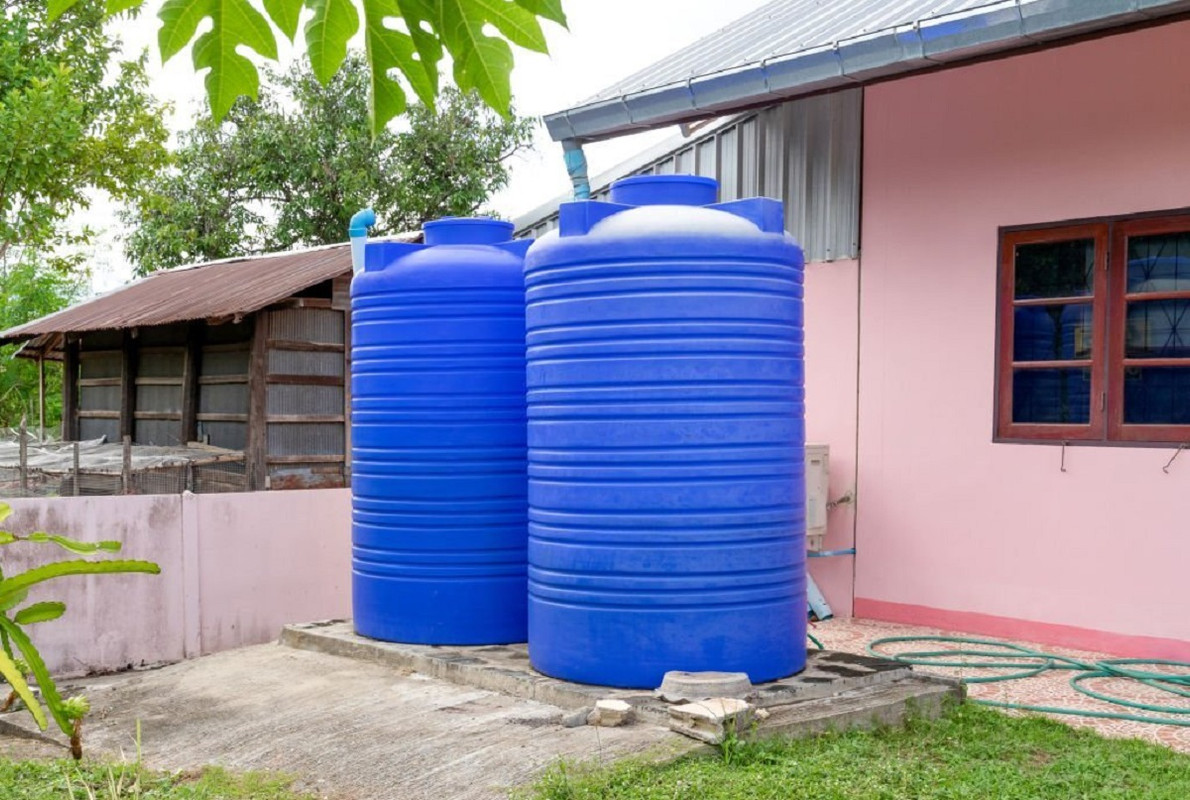The sky opens, the heavens weep, and the earth rejoices – rain, a blessing to our parched lands and the lifeblood of every living thing. But how often have we let this precious resource go waste, running off our roofs, flooding our streets, and disappearing into sewers? Enter rural rainwater tanks, a sustainable solution for water conservation and a boon to those living in areas with limited water supply. This comprehensive guide will walk you through everything you need to know about these invaluable systems, from their benefits to installation and maintenance.

A Comprehensive Guide to Rural Rainwater Tanks
1. Understanding Rainwater Harvesting
Rainwater harvesting refers to the collection and storage of rainwater for future use. This practice, which dates back thousands of years, is a simple and relatively inexpensive way to conserve water, reduce utility bills, and become more self-sufficient. In rural areas, where water supply can be limited, rainwater harvesting is particularly beneficial.
2. Rural Rainwater Tanks: A Sustainable Solution
Rainwater tanks are a key component of any rainwater harvesting system. They capture and store rainwater, which can then be used to irrigate gardens, wash cars, flush toilets, and even provide drinking water if properly treated. In rural settings, rainwater tanks can help households and farms reduce their reliance on mains water or groundwater, thereby promoting sustainable living.
3. Types of Rainwater Tanks
There are various types of rainwater tanks available, ranging in size, material, and design. The most common types include polyethylene (plastic) tanks, steel tanks, fiberglass tanks, and concrete tanks. Each type has its pros and cons, which should be considered in relation to your specific needs and circumstances.
4. Installation of Rainwater Tanks
The installation process for rural rainwater tanks can be quite complex, involving site selection, preparation, tank installation, and connection to the downpipes. It's important to carefully plan each step and consider factors like the tank's size, location, and the amount of rainfall in your area. Professional installation is often recommended to ensure the system functions optimally.
5. Maintenance of Rainwater Tanks
Regular maintenance is crucial to the longevity and efficiency of your rainwater tank. This includes checking and cleaning the tank, inspecting the roof and gutters, and ensuring the water quality. Proper maintenance can prevent common issues such as algae growth, unpleasant odors, and contamination of the stored water.

6. Legalities and Regulations Around Rainwater Collection
While rainwater collection is encouraged in many places, there may be legalities and regulations to consider depending on your locality. These can range from restrictions on the size and placement of tanks to requirements for treatment before use. It's crucial to understand and comply with these regulations to avoid penalties.
Conclusion
Rural rainwater tanks are an excellent investment for anyone seeking a sustainable and self-sufficient lifestyle. They empower us to harness nature's bounty, reduce our environmental footprint, and weather periods of drought or water restrictions. With careful planning, installation, and maintenance, a rainwater tank can provide a reliable and cost-effective water supply for years to come. So, why let the rainwater go to waste when you can store it for a sunny day?

0 comments :
Post a Comment